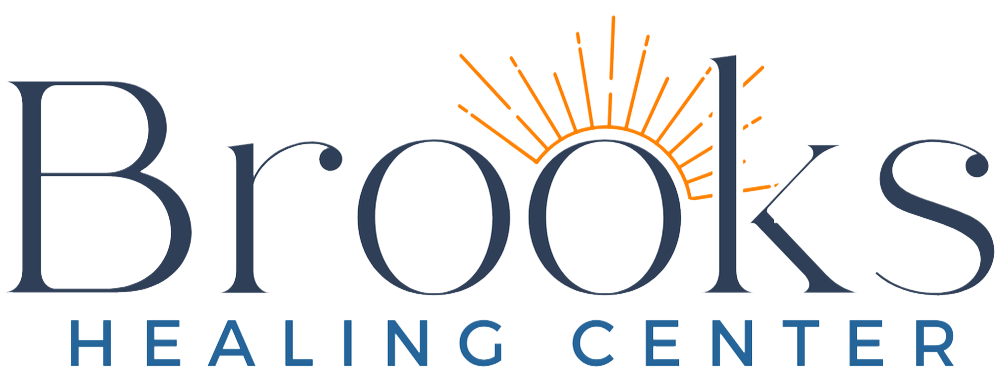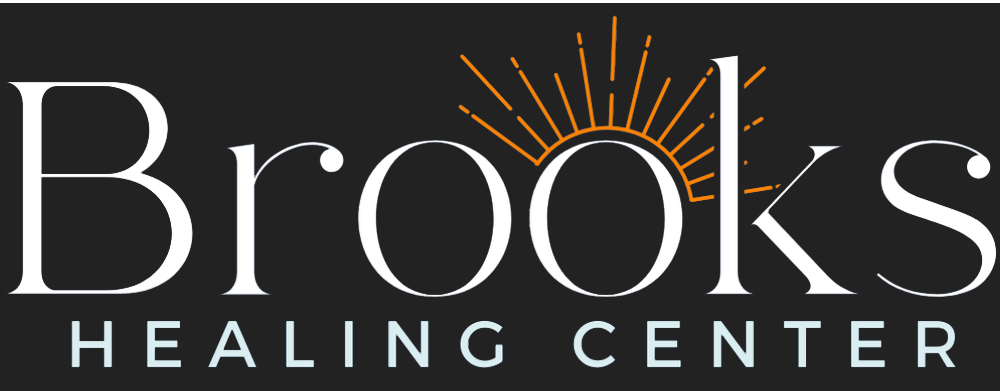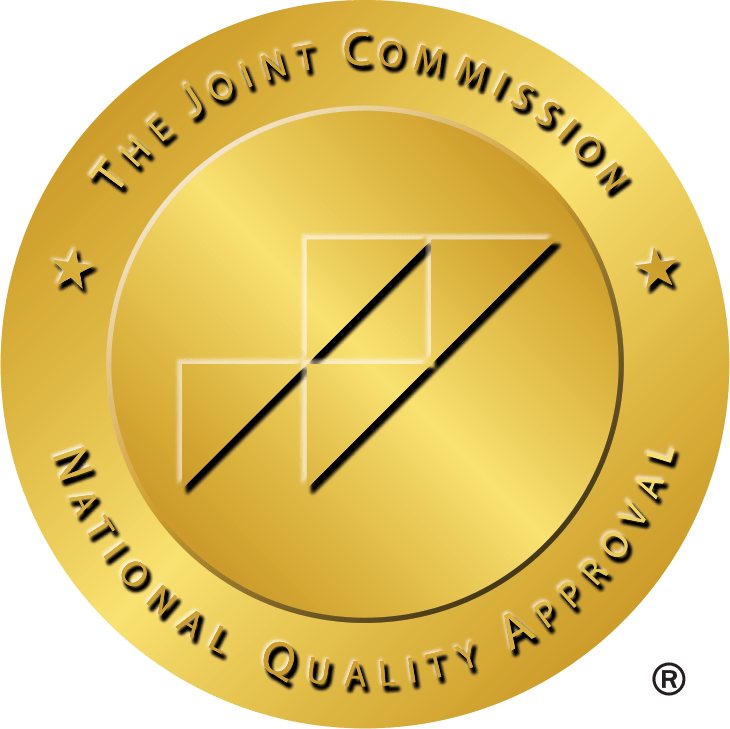Also known as cannabis, marijuana has seen a dramatic shift in legal status across many regions of the country in recent years. As more jurisdictions decriminalize or fully legalize its use for medical and recreational purposes, marijuana has become increasingly accessible. However, this trend toward legalization has raised concerns about the drug’s potential for addiction.
While not everyone who uses marijuana will develop an addiction, regular use can lead to dependence in some people. The risk of addiction is influenced by various factors – and it’s important to understand both its potential benefits and risks, including the possibility of developing a substance use disorder.
Table of Contents
Key Points
- Marijuana, derived from the Cannabis plant, contains cannabinoids like THC and CBD. THC is responsible for the high, while CBD is non-psychoactive and has potential therapeutic uses.
- Despite its lower potential for physical dependence, marijuana can lead to psychological addiction, characterized by compulsive use, cravings, and difficulty controlling consumption.
- Signs of marijuana abuse include behavioral changes, such as increased secrecy and neglect of responsibilities, as well as physical symptoms like bloodshot eyes and impaired coordination.
- Brooks Healing Center in Tennessee offers comprehensive marijuana addiction treatment, including detox and inpatient care, with therapeutic modalities like CBT, Experiential Therapy, Trauma-Informed Care, Brainspotting (BSP), and more.
What is Marijuana?
Marijuana (weed) is a psychoactive drug derived from the Cannabis plant.[1] Cannabis contains over 100 chemical compounds called cannabinoids, with delta-9-tetrahydrocannabinol (THC) and cannabidiol (CBD) being the most well-known and studied. THC is the primary psychoactive component responsible for the high associated with marijuana use.[2] It affects brain areas involved in memory, pleasure, movement, thinking, and concentration. CBD, on the other hand, is non-psychoactive and is being researched for various potential therapeutic applications. Marijuana can be consumed in several forms:- Smoking: Dried flowers and leaves are smoked in hand-rolled cigarettes (joints), pipes, or water pipes (bongs).
- Vaporizing: Heating the plant material or concentrates to release active compounds without combustion.
- Edibles: Food products infused with marijuana extracts.
- Oils and tinctures: Concentrated liquid forms for oral consumption or topical application.
- Topicals: Creams, lotions, or balms infused with cannabis compounds for localized effects.
Marijuana Addiction and Abuse
While marijuana is often perceived as less addictive than other substances, it can still lead to problematic use and addiction in some individuals. Understanding the nature of marijuana addiction requires distinguishing between physical and psychological dependence. Marijuana is generally considered to have a low potential for physical addiction compared to substances like alcohol, opioids, or benzodiazepines.[4] Physical dependence occurs when the body adapts to the presence of a drug and experiences withdrawal symptoms upon cessation. With marijuana:- Severe physical withdrawal symptoms are rare
- Some users may experience mild physical symptoms like headaches, sleep disturbances, or changes in appetite when quitting
- These symptoms are typically less intense and shorter-lasting than those associated with other drugs
- Compulsive use despite negative consequences
- Difficulty controlling or limiting use
- Cravings and preoccupation with obtaining and using marijuana
- Continued use to cope with stress, anxiety, or other emotional issues
- Frequency and amount of use
- Age of first use (younger users are at higher risk)
- The potency of the marijuana consumed
- Individual genetic predisposition
- Environmental and social factors
- Pre-existing mental health conditions
Marijuana Quick Reference Chart
| Drug Category | Commercial & Street Names | DEA Schedule | Administration |
| Cannabis | Dope, grass, herb, Mary Jane, pot, reefer, weed | Schedule I | Smoked, ingested |
What Are the Signs and Symptoms of Marijuana Abuse and Addiction?
Recognizing marijuana abuse and addiction can be challenging, as the signs may be more subtle than those associated with other substances. However, there are several indicators that can suggest problematic use of weed:[6, 7] Behavioral Signs- Increased secrecy or isolation
- Neglecting responsibilities at work, school, or home
- Abandoning previously enjoyed activities in favor of using marijuana
- Failed attempts to quit or cut down on use
- Bloodshot eyes
- Increased appetite
- Dry mouth
- Impaired coordination
- Persistent cough or respiratory issues
- Short-term memory problems
- Difficulty concentrating
- Distorted perception of time
- Mood swings
- Anxiety or paranoia
- Decreased motivation
- Depression, especially when not using
- Irritability and mood changes
- Sleep disturbances
- Decreased appetite
- Restlessness
- Headaches
Where Can I Find a Marijuana Rehab Near Me in Tennessee?
Brooks Healing Center offers specialized care for those struggling with marijuana addiction, providing comprehensive services designed to address every aspect of addiction (and co-occurring mental health disorders). Brooks Healing Center offers both detox and inpatient (residential) treatment options, ensuring a thorough approach to recovery. The marijuana detox process at Brooks is designed to manage withdrawal symptoms safely, providing the support needed to begin the journey toward sobriety. In addition to detox, our marijuana addiction treatment program in residential care includes a variety of therapeutic modalities to support sustained recovery:- Cognitive Behavioral Therapy (CBT): This evidence-based approach helps patients identify and alter negative thought patterns and behaviors related to marijuana use, promoting healthier coping mechanisms and relapse prevention.
- Experiential Therapy: Engaging patients in therapeutic activities helps in processing emotions and developing practical skills for managing stress and triggers associated with marijuana abuse.
- Trauma-Informed Care: This method ensures that treatment is sensitive to past trauma, creating a supportive environment that facilitates healing and recovery.
- Brainspotting (BSP): A cutting-edge technique that helps resolve deep-seated trauma and emotional issues by targeting specific eye positions linked to these problems.
- 12-Step Programs: These programs provide a structured framework and community support for ongoing recovery, tailored to the needs of those recovering from marijuana addiction.


